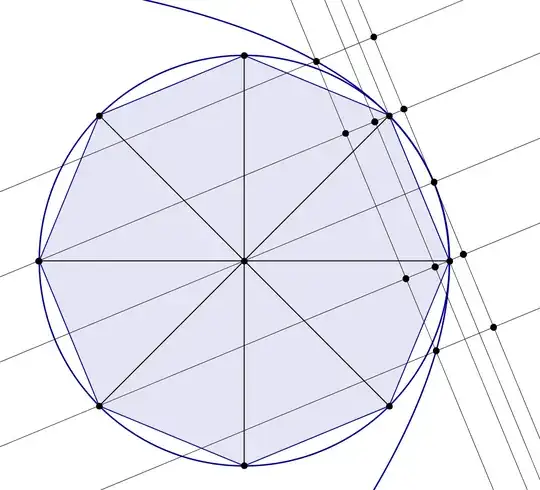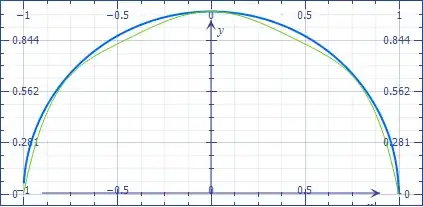I've been trying to prove that $\pi > 3$ by using the following definition:
$$\pi = 2\int_{-1}^1{ {\sqrt{1-t^2}}}\, dt$$
Which comes from finding what the area of the unit circle is. (This path can be found in Spivak's Calculus, in case someone wants to read about this topic)
I've done it already using sums and geometry, but I'm having a really bad time trying to find a good starting point, let alone the entire path for this proof.
Any help would be greatly appreciated.


